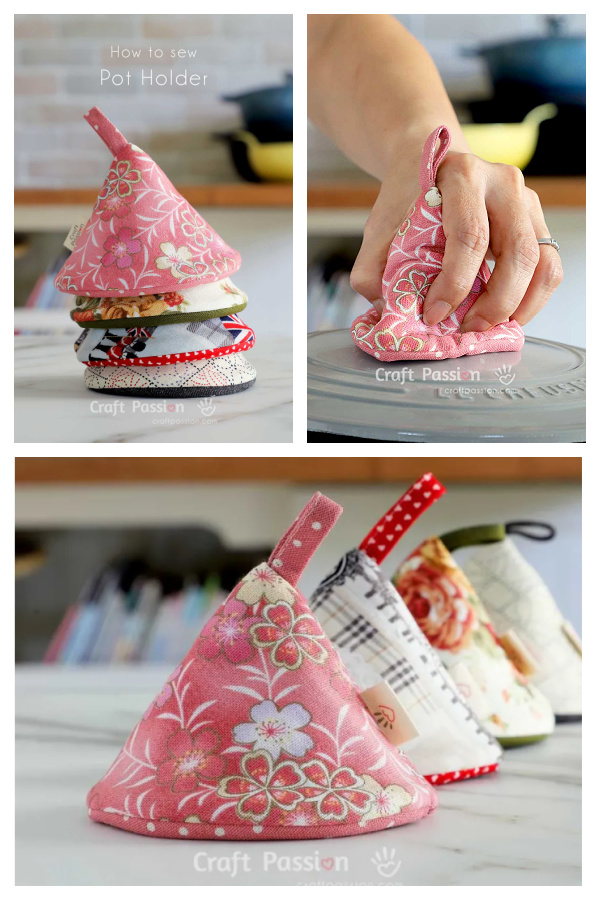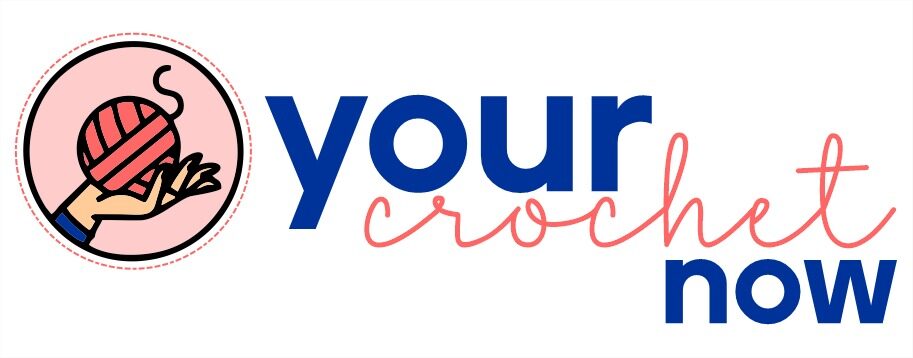If you’re looking for a quick, practical, and charming sewing project, the cone potholder is a perfect choice. This beginner-friendly tutorial walks you through everything you need—from materials to stitching techniques—while incorporating the joy of quilting. Whether you’re crafting it for yourself or as a heartfelt gift, this quilted cone potholder is both functional and beautiful. And the best part? You’ll get to practice a fun quilt pattern technique along the way!
Why Sew a Cone Potholder?
Cone potholders are a delightful twist on the traditional square or circular designs. Their cone shape makes them easy to slip your fingers into for a secure grip on hot pots and pans. Plus, the unique design is sure to stand out in any kitchen, whether you’re keeping it for yourself or gifting it to someone special.
Because of their small size and simple construction, cone potholders are ideal for using up fabric scraps from previous quilt projects. This makes them an eco-friendly and budget-conscious way to make something useful. It’s also a great opportunity to experiment with quilt patterns on a smaller scale before committing to a larger quilt project.
If you love the meditative nature of quilting, you’ll enjoy making these potholders. They’re quick to finish and offer instant satisfaction. Whether you’re new to sewing or an experienced quilter looking for a relaxing afternoon activity, the cone potholder is an excellent choice.
Materials You’ll Need
Before you begin, gather the following materials to ensure a smooth and enjoyable sewing process. Most of these items can be found in your existing quilting toolkit.
Materials List:
- Two coordinating cotton fabrics (outer and lining)
- Cotton batting or insulated batting (like Insul-Bright)
- Bias tape (store-bought or handmade)
- Sewing machine and matching thread
- Fabric scissors or rotary cutter and mat
- Pins or clips
- Quilting ruler
- Iron and ironing board
- Cone potholder template (you can draw your own or download one)
Cotton fabric is the best choice for this project due to its heat resistance. Quilters often have a stash of cotton fabric, making it easy to pull a few pieces together. If you’d like to incorporate a quilt pattern, choose fabrics that contrast nicely and arrange them in patchwork before cutting your cone shape.
Batting is essential not only for structure but also for protecting your hands from heat. If you already do quilt projects, you may have cotton batting scraps available. For added safety, you can use insulated batting designed for potholders and oven mitts.

Cutting and Preparing the Fabric
First, print and cut out your cone potholder template or draft one by hand. The shape should resemble a wide triangle with rounded corners. Fold your fabric and place the template along the fold to ensure symmetry when cutting.
Cut one piece each from the outer fabric, lining fabric, and batting using the same template. If you’re using quilted patchwork as your outer fabric, you’ll need to sew those pieces together first before cutting the final cone shape. This is a great way to reuse small scraps from previous quilt patterns and add a personal touch to your project.
Once your pieces are cut, stack them in the following order: lining fabric (right side down), batting, and outer fabric (right side up). Use pins or clips to secure the layers together. This is also the perfect time to do some light quilting stitches to join the layers. You can use straight lines, diamonds, or any quilt pattern you like.
Assembling the Cone Shape
After quilting the layers together, it’s time to create the cone shape. Fold the quilted piece in half with the outer fabric on the inside, matching the curved edges. Sew along the curved edge using a ¼-inch seam allowance. Backstitch at the beginning and end to secure the seam.
Once stitched, turn the cone right side out and gently push out the curve. Press it flat with an iron for a neat finish. If desired, topstitch around the curved edge to keep the layers flat and add a professional look.
Now fold the cone in half vertically to form the classic cone potholder shape. The straight edges will meet, and the curved side becomes the open end where you insert your fingers. Pin the open edges together, making sure the seam lies on the back center of the cone.
Adding the Bias Tape Binding
To finish the edges, use bias tape to bind the open edge of the cone. If you’re using store-bought bias tape, choose one that complements your fabric colors. If you’re making your own, cut fabric strips on the bias, fold them in half lengthwise, and press.
Open the bias tape and align the raw edge with the raw edge of the cone’s opening. Sew it in place using a ¼-inch seam allowance. Fold the tape over to the inside and stitch it down, either by hand or machine, making sure to catch the inner edge in your stitching.
To make a hanging loop, cut a 4–5-inch strip of bias tape or ribbon. Fold it in half and sew the ends together. Insert the loop into the back seam of the cone before sewing the binding in place, so it gets securely caught in the seam. This loop allows you to hang the potholder on a hook in your kitchen.
Customizing Your Cone Potholder
The possibilities for customization are endless. For a personal touch, try mixing and matching fabric scraps from previous quilt projects. Choose seasonal or themed fabrics—think snowflakes for winter, florals for spring, or even patriotic colors for holidays.
You can also embroider initials, add applique details, or use decorative stitches on the quilted surface. If you’re feeling adventurous, experiment with different quilt patterns like chevrons, half-square triangles, or flying geese on the outer layer before cutting the cone shape.
Another fun option is to make a matching set. Create two or four cone potholders using coordinating fabrics and patterns, then bundle them together as a gift. Add a simple bow or a handmade tag, and you’ve got a thoughtful, handcrafted kitchen accessory for friends and family.
Benefits of Using a Quilt Pattern
Incorporating quilt patterns into your cone potholder not only enhances its visual appeal but also reinforces your quilting skills. Working on a smaller scale allows you to experiment with color combinations, piecing techniques, and fabric placements without the time commitment of a full quilt.
Using a quilt pattern also adds texture and depth to your potholder. Simple quilt designs like log cabin blocks, strip piecing, or a patchwork grid can be scaled down easily to fit the cone template. This brings a lovely handcrafted touch to a practical item.
Best of all, practicing quilt techniques on a cone potholder gives you a sense of accomplishment. You’ll finish the project quickly, and each one becomes a unique reflection of your creativity and personal style.
Share Your Cone Potholder Creations
You’ve completed your first cone potholder—congratulations! Whether it’s for your own kitchen or a handmade gift, you’ve just created something practical and beautiful using a simple quilt pattern. Your sewing journey has just begun, and this project is a great step into the world of quilting and creative stitching.
We’d love to see your version of the cone potholder! Share photos of your finished project on social media or sewing forums, and don’t forget to tag fellow quilters. Sharing your work not only inspires others but also connects you with a supportive and creative community.
Ready for your next challenge? Try making matching kitchen accessories like an oven mitt or quilted table runner using similar fabrics and quilt patterns. Keep exploring, keep sewing, and let your creativity shine—one stitch at a time.
